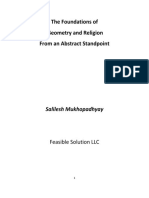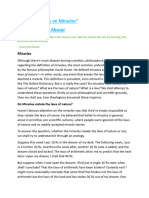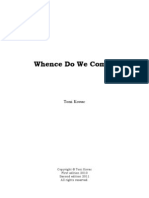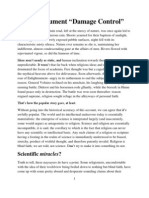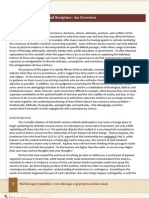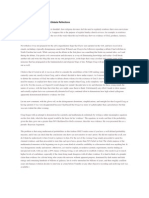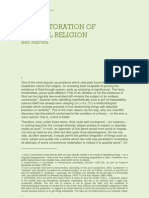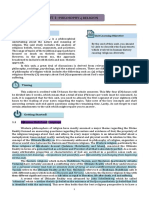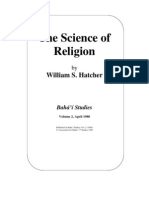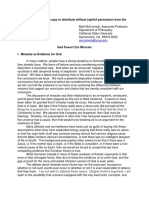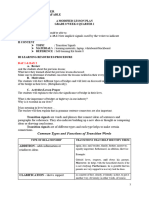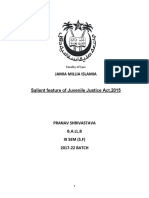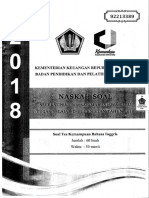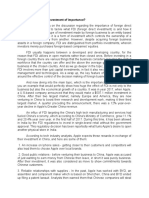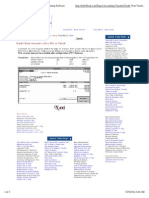0% found this document useful (0 votes)
342 views8 pagesClaims of Scientific Accuracy in Scriptures
The document critiques claims that religious scriptures contain scientifically accurate statements that could only be known through divine guidance. It argues that such claims rely on liberal interpretations, ignore factual errors, and underestimate ancient knowledge. Additionally, it discusses the flawed probabilistic arguments used to support these claims, emphasizing the need to consider all assertions rather than isolated 'correct' guesses.
Uploaded by
Gabe CzobelCopyright
© Attribution Non-Commercial (BY-NC)
We take content rights seriously. If you suspect this is your content, claim it here.
Available Formats
Download as PDF, TXT or read online on Scribd
0% found this document useful (0 votes)
342 views8 pagesClaims of Scientific Accuracy in Scriptures
The document critiques claims that religious scriptures contain scientifically accurate statements that could only be known through divine guidance. It argues that such claims rely on liberal interpretations, ignore factual errors, and underestimate ancient knowledge. Additionally, it discusses the flawed probabilistic arguments used to support these claims, emphasizing the need to consider all assertions rather than isolated 'correct' guesses.
Uploaded by
Gabe CzobelCopyright
© Attribution Non-Commercial (BY-NC)
We take content rights seriously. If you suspect this is your content, claim it here.
Available Formats
Download as PDF, TXT or read online on Scribd
/ 8

